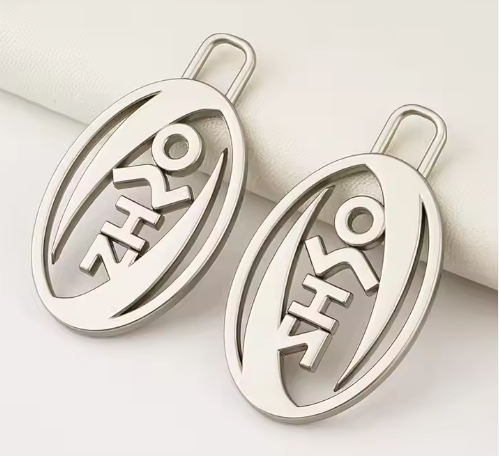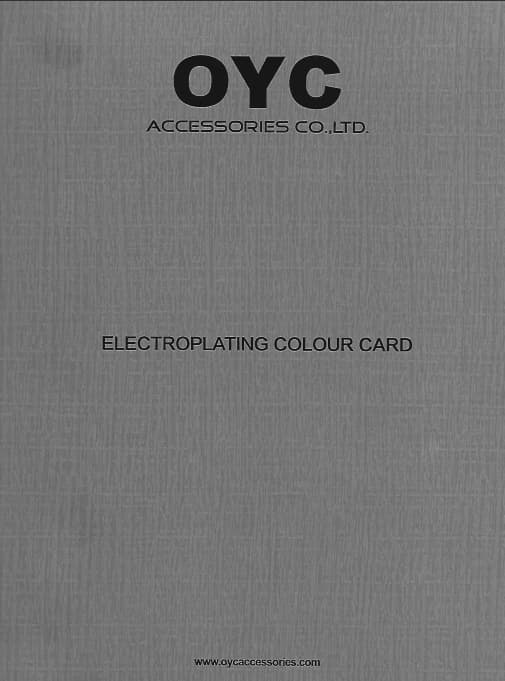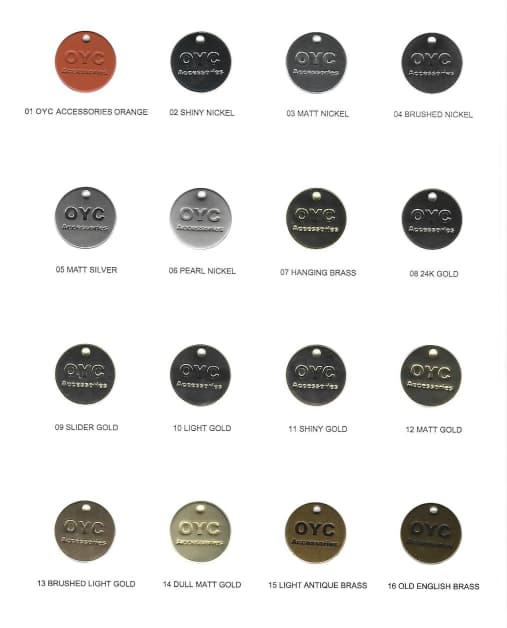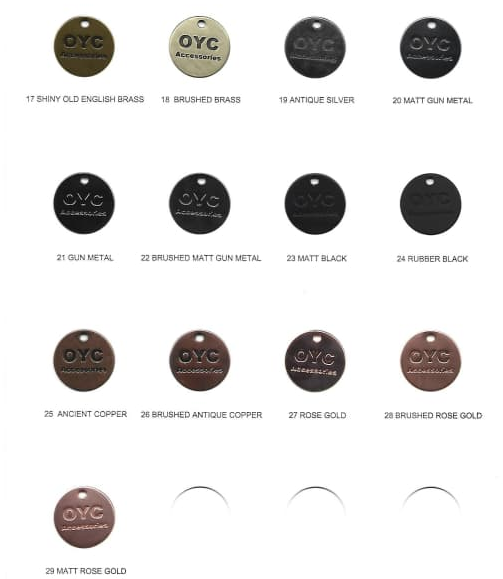How does the engraved round metal logo detect if the paint is falling off?-B
Forth. environmental simulation testTemperature cycle testConditions: -40°C to 85°C, 2 hours per cycle, 10 cycles.Criteria: No cracking or peeling of paint layer.Damp Heat TestConditions: 85°C, 85% RH for 168 hours.Standard: no blistering or discolouration of the paint layer, and the adhesion meets the requirements.Fifth. special scenario testUltraviolet aging testTool: QUV accelerated aging tester (UVA-340 lamp).Conditions: Irradiance 0.76W/m², 60°C, 8 hours of light + 4 hours of condensation, cycle 300 hours.Criteria: No chalking or fading of the paint layer, colour difference ΔE ≤ 3.Mechanical impact testTool: Drop hammer impact tester.Steps: Free fall impact from 50cm height, observe whether the paint layer is peeling off.Standard: no peeling of paint layer in the impact area, adhesion meets the requirements.Sixth. comprehensive judgement and reportJudgement basis: Combine all test results and grade according to ISO 2409 (adhesion), ASTM B117 (salt spray), MIL-STD-810G (environment) and other standards.Report content: including test methods, data, pictures and conclusions (such as ‘qualified’ or ‘need to improve the area’).Seventh. improvement measuresIf the paint falls off: Optimise the pre-treatment process (e.g. add sand blasting), adjust the thickness of the paint layer or replace the paint with more weather-resistant paint (e.g. polyurethane, fluorocarbon paint).Preventive measures: Introduce on-line inspection equipment (e.g. laser confocal microscope) in production to monitor the quality of the paint layer in real time.


















